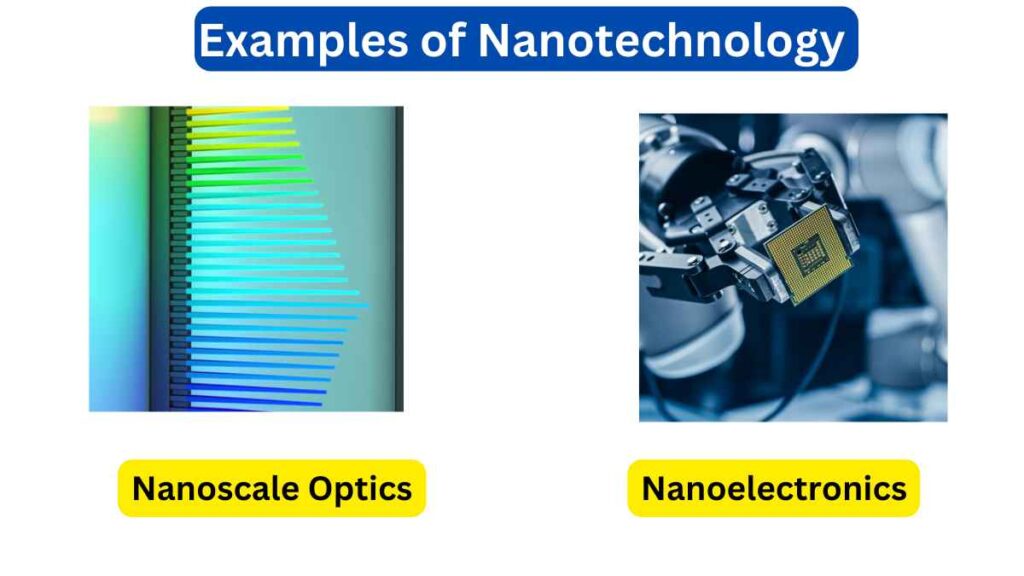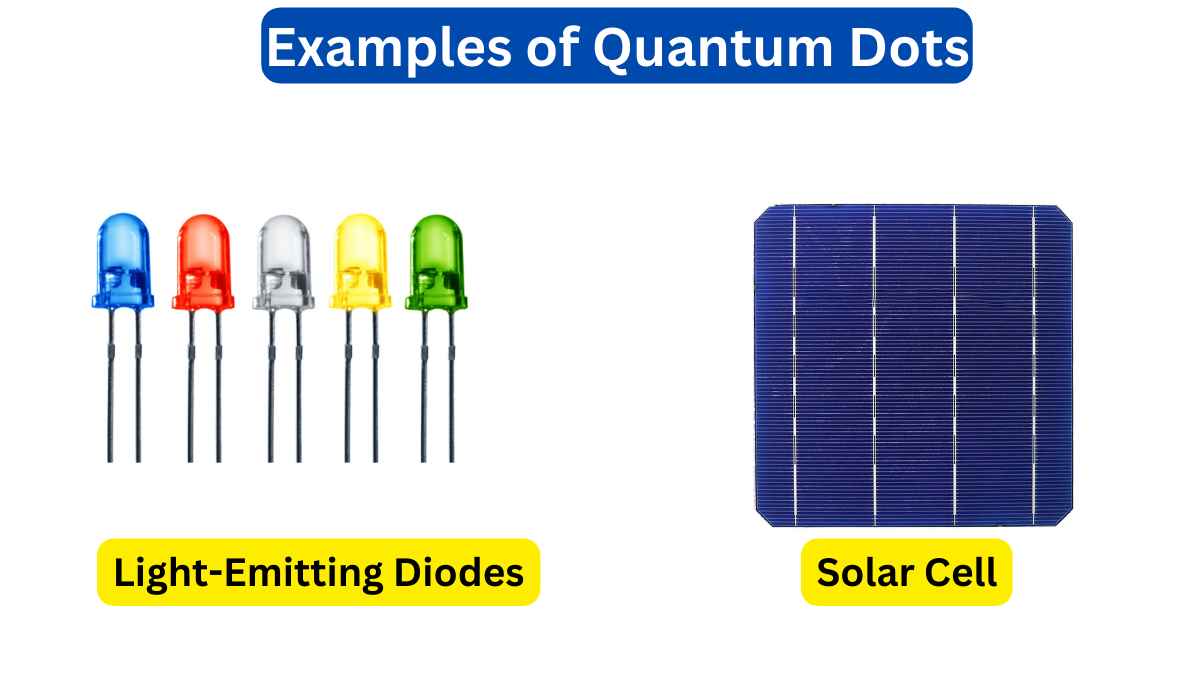10 Examples of Nanotechnology in Physics
Nanotechnology is the manipulation of matter at the nanoscale typically at the level of individual atoms or molecules. Examples of nanotechnology in physics include Quantum Dots and Nanoscale Optics.
Examples of Nanotechnology
Here are ten examples of nanotechnology in physics.

1. Nanoscale Materials
Nanotechnology allows for the creation of novel materials with unique properties. For example, carbon nanotubes exhibit exceptional electrical and thermal conductivity, making them valuable in electronics and materials science.
2. Quantum Dots
Quantum dots are semiconductor nanoparticles that have quantum mechanical properties. They are used in quantum dot displays, quantum dot lasers, and quantum dot photodetectors, all of which have applications in optics and electronics.
3. Nanoscale Sensors
Nanotechnology enables the development of highly sensitive sensors capable of detecting small changes in physical properties like temperature, pressure, or magnetic fields. These sensors have applications in physics experiments and industrial monitoring.
4. Nanoscale Fabrication
Nanofabrication techniques, such as electron beam lithography and focused ion beam milling, allow for the precise manipulation and patterning of materials at the nanoscale. These techniques are essential for creating nanoscale devices and structures.
5. Nanostructured Surfaces
Nanotechnology can engineer surfaces with specific properties, such as superhydrophobic or superhydrophilic behavior. These surfaces are used in applications like self-cleaning coatings and microfluidic devices.
6. Nanoscale Optics
Nanophotonics explores the interaction of light with nanoscale structures. It has led to the development of nanoscale optical devices, including plasmonic antennas and waveguides, for use in telecommunications and sensing.
7. Nanoelectronics
Nanotechnology has revolutionized electronics by enabling the miniaturization of electronic components. This has led to the development of faster and more energy-efficient electronic devices.
8. Nanoscale Imaging
Scanning probe microscopy techniques, such as atomic force microscopy (AFM) and scanning tunneling microscopy (STM), allow researchers to image and manipulate individual atoms and molecules. These techniques have advanced our understanding of nanoscale physics.
9. Nanomechanical Systems
Nanotechnology enables the creation of nanoscale mechanical systems, such as nanomechanical resonators and switches. These devices have applications in precision measurements and sensing.
10. Quantum Technologies
Nanotechnology plays a crucial role in the development of quantum technologies, including quantum computing, quantum cryptography, and quantum sensors. Nanoscale components are used to create and manipulate quantum bits (qubits) and quantum states.
These examples demonstrate how nanotechnology has had a profound impact on physics by enabling the manipulation and control of matter at the nanoscale. It has opened up new avenues for scientific research and technological innovation in various fields of physics.

 written by
written by 




Leave a Reply